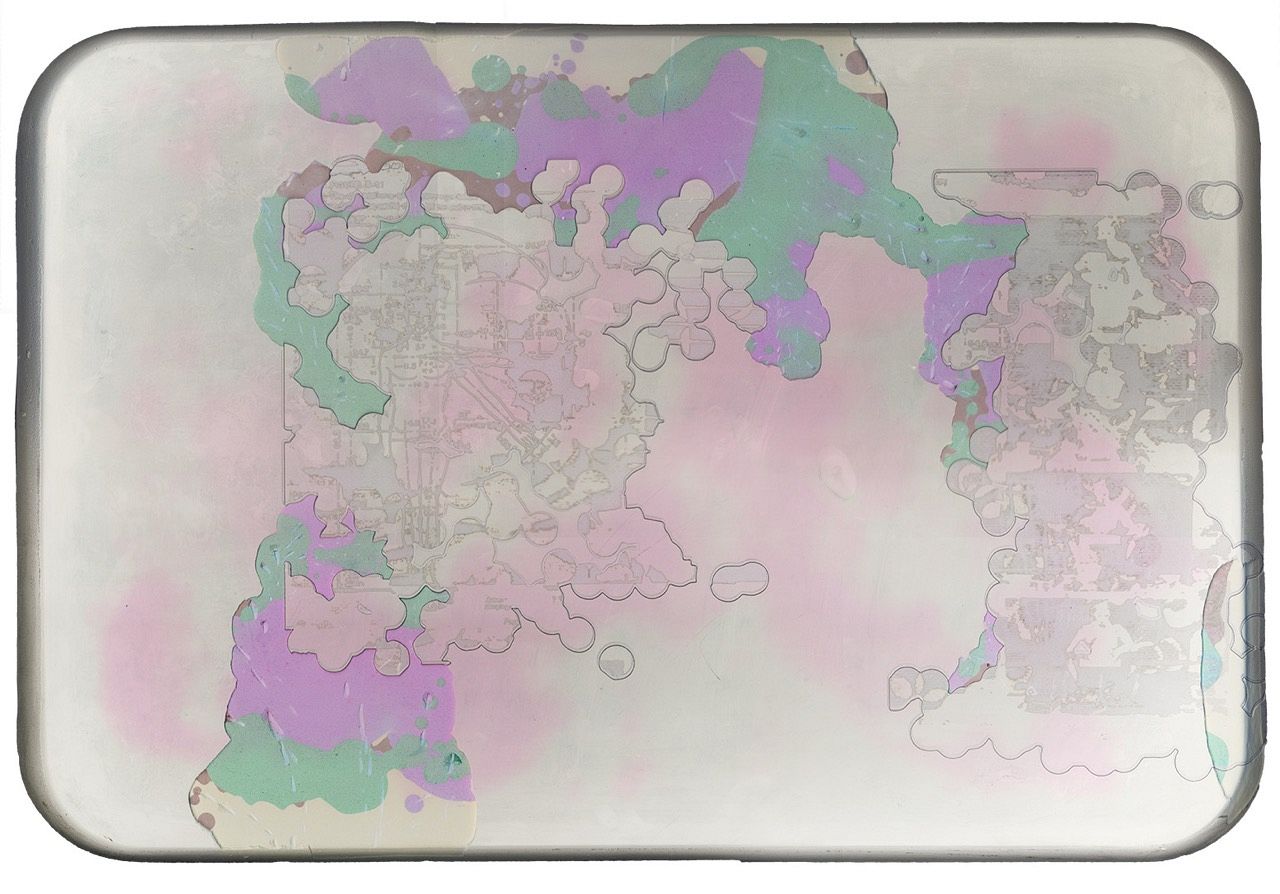
Selina Landis
Internship: Studio NOI, Zürich
selilalandis93@gmail.com
www.selinalandis.com/
www.instagram.com/_landisse/?hl=en
GRADUATION PROJECT
The Time & Motion Laboratory
In this laboratory Selina traces the manual labor in design tasks. By visually sampling actions on the screen she explores the material past and present of the movements. As designers, we have become the interns of our computers, constatly optimizing, with the playful film and objects, Selina proposes the opposite: to create your design tools. Tools that do not aim to find the ‘best’ or ‘most effective’ way of working, but rather, extract alternative value in giving shape to what slips quantification and standardisation: the unexpected, the experiment and the play.
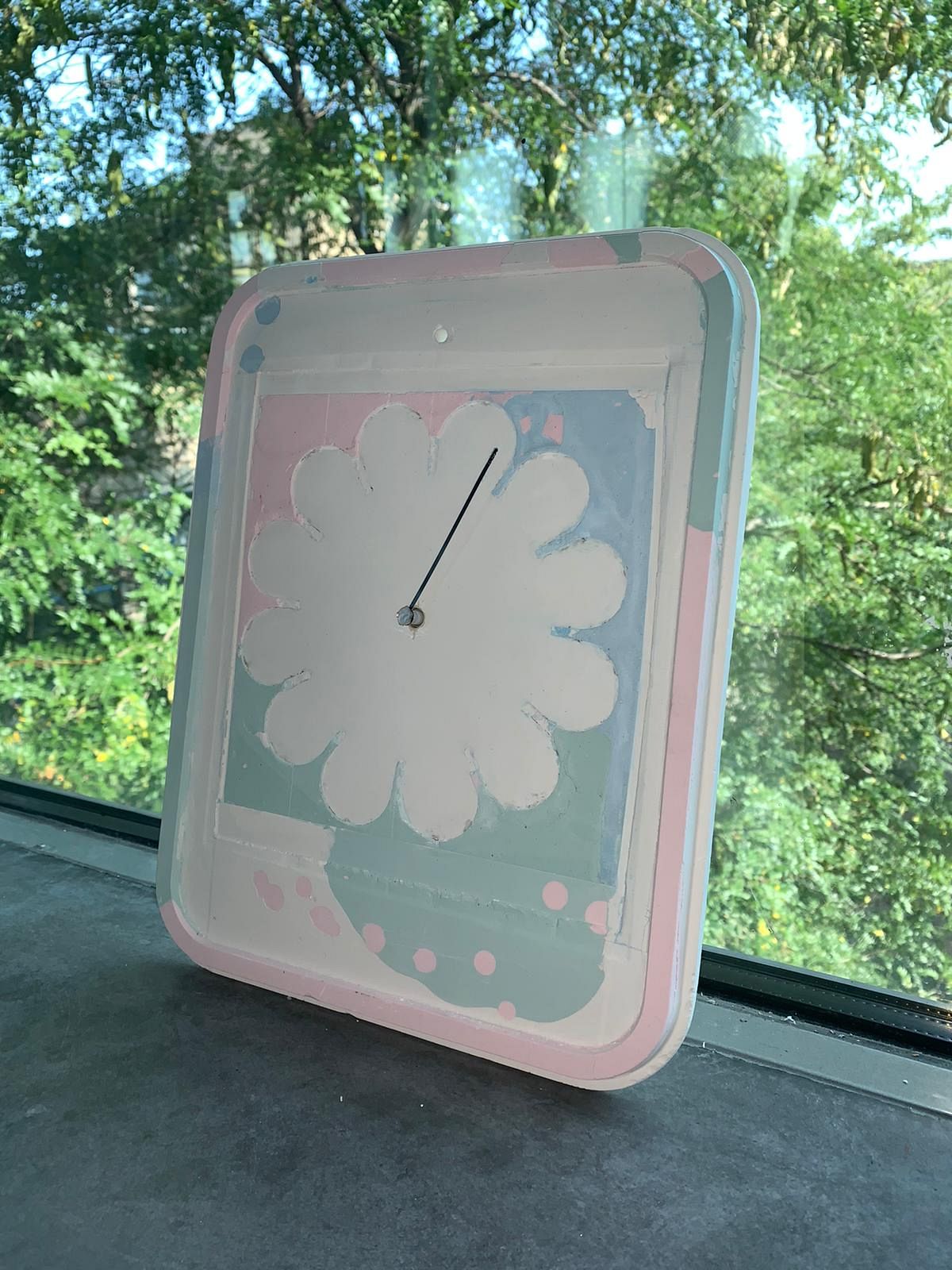
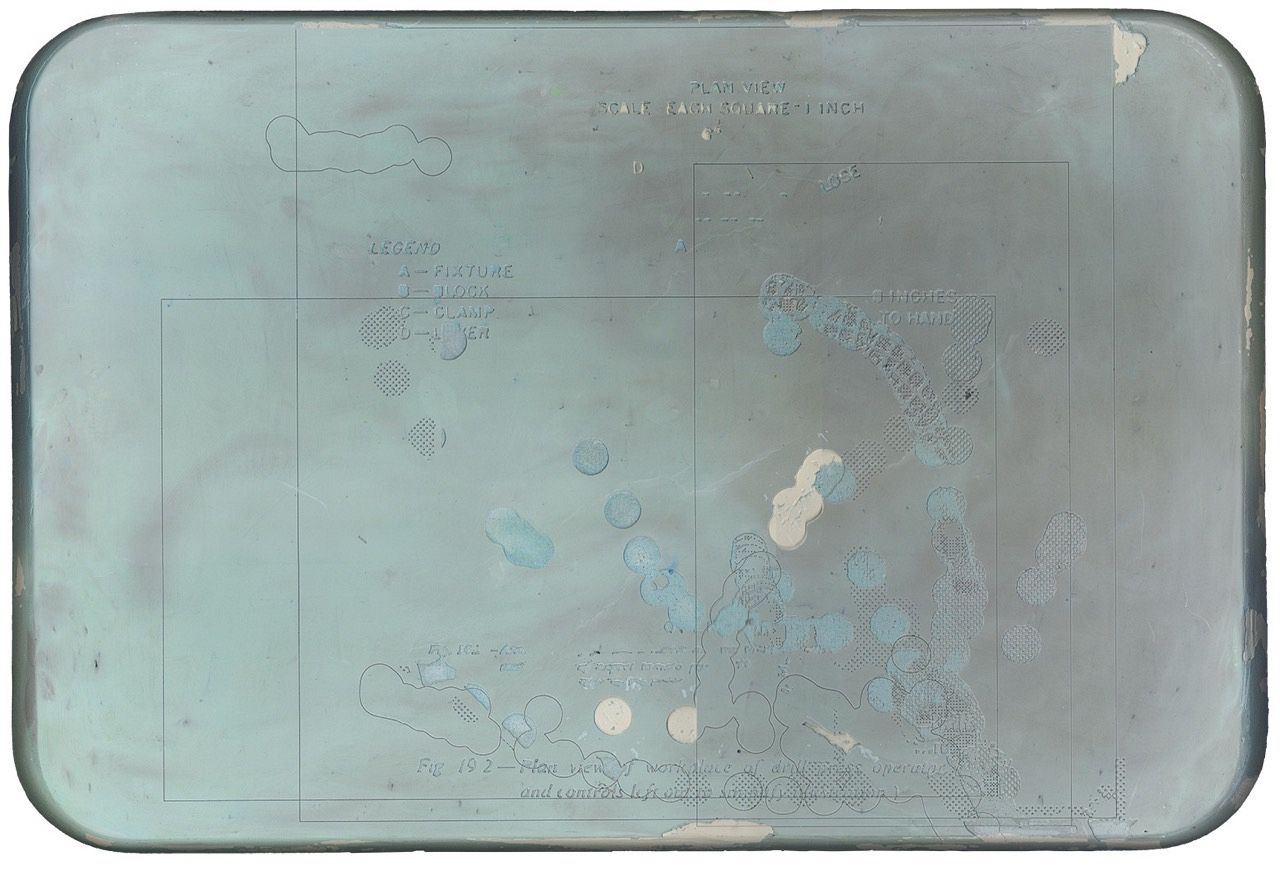
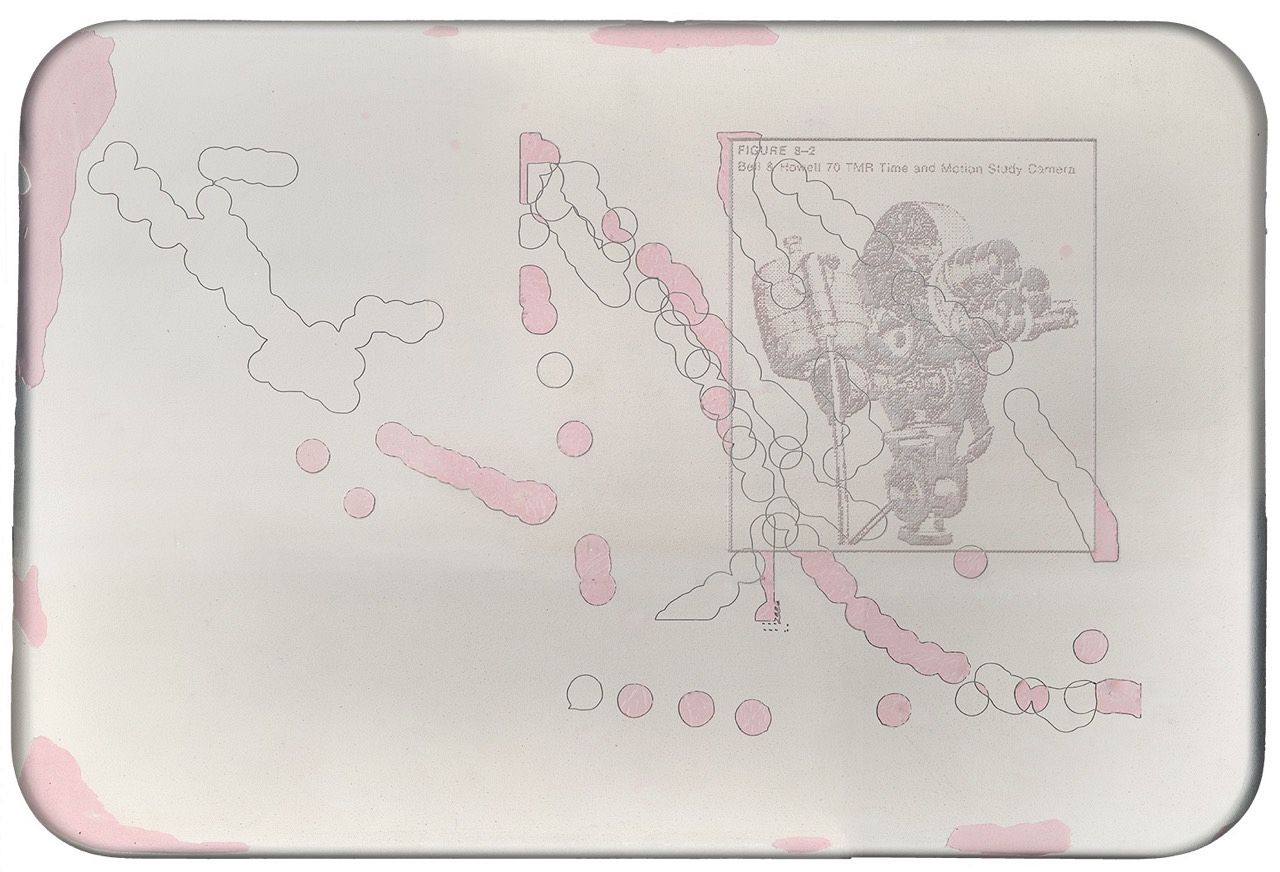
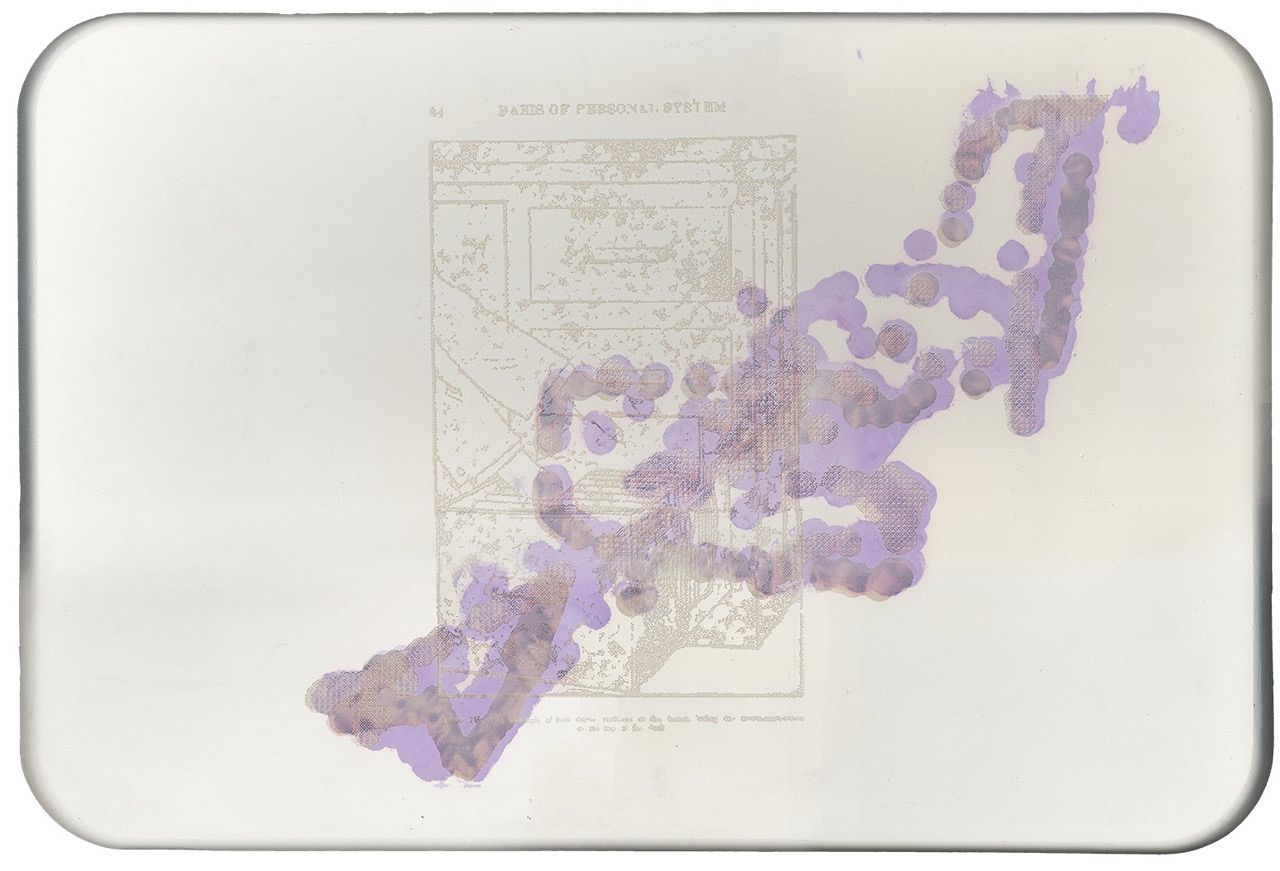
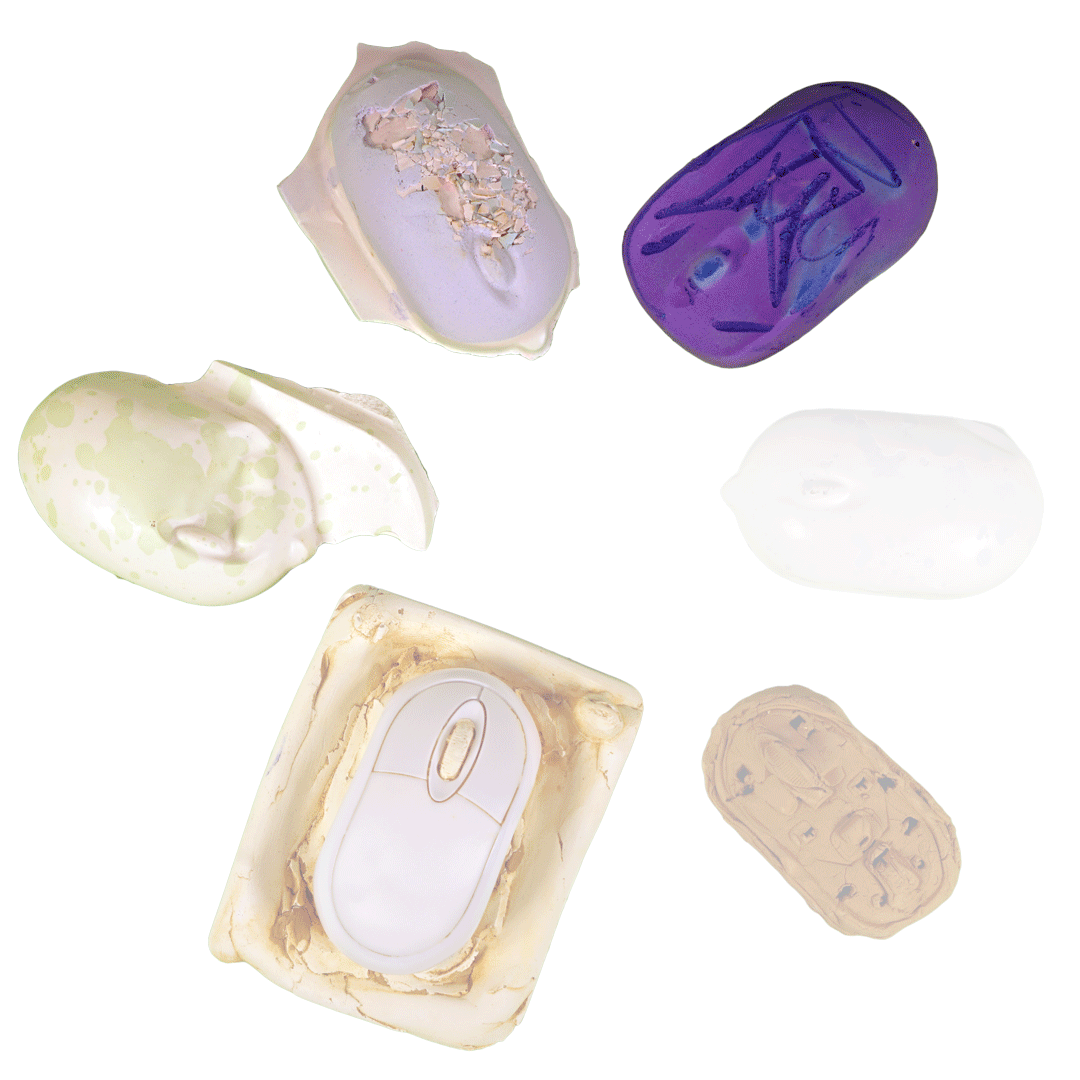
THESIS
Were lichens grow the air is clean
Lichens are symbiotic organisms — the mutually beneficial association of two (sometimes three) individuals: a plant and a fungus. The fungus provides the structure, mineral salts and water for the algae, this in return keeps the fungus alive by its photosynthesis. If you find some you are probably breathing clean air: lichens are very sensitive to pollution.
Likewise collaborations between humans seem to depend on a similarly fragile balance between mutual interest and the right environmental conditions as in cultural and political landscape.
By aiming to define the fragile essence of collaboration I wonder how it coexist with increasing rivalry. What ways of learning does collaboration generate? Can it become a safe space for creating work that is immune to competition? And finally, where do we learn to collaborate?